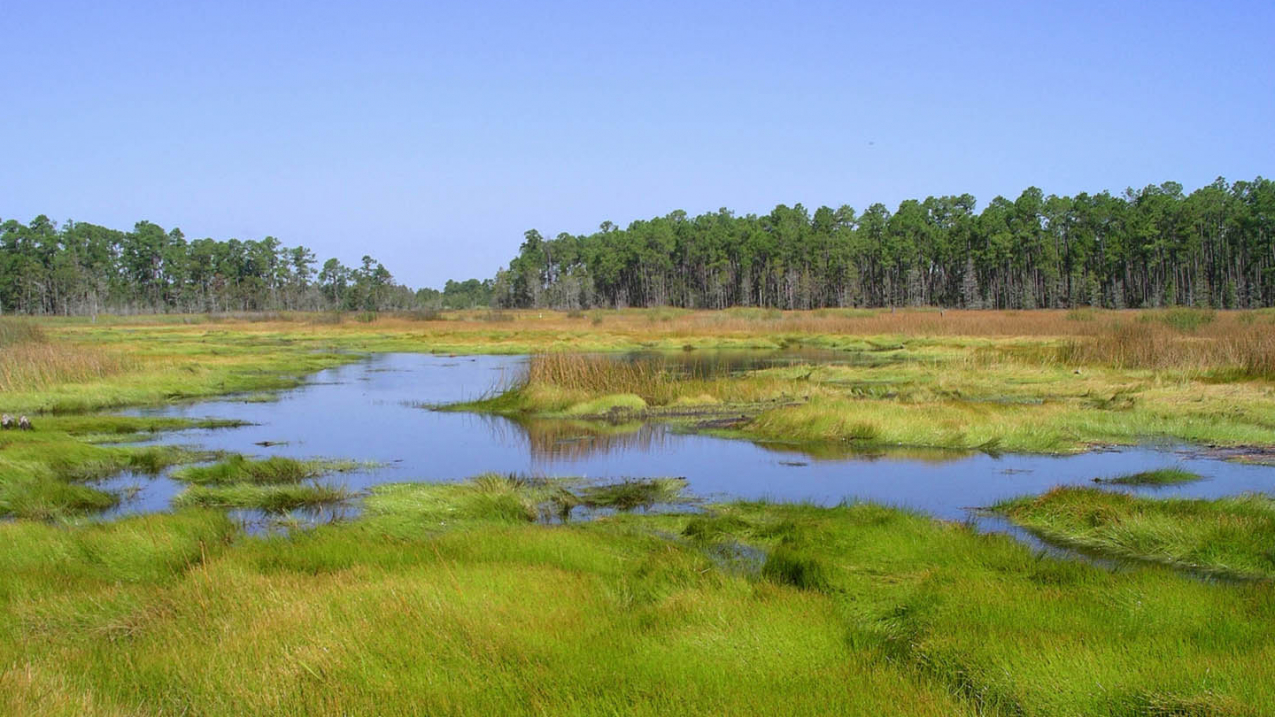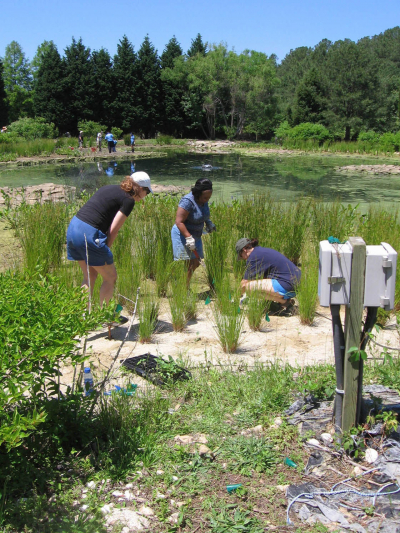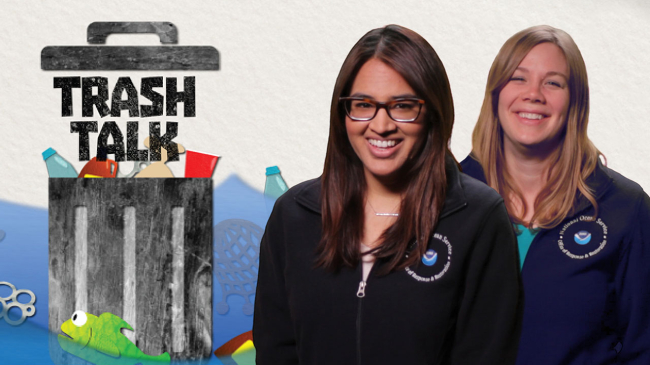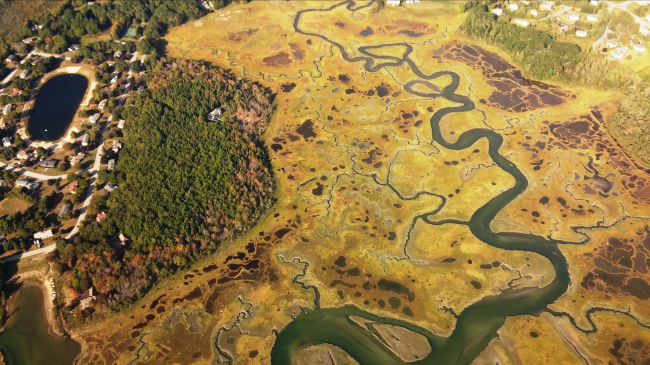Second federal funding opportunity competition for up to $17 million in grant support
Today, NOAA announced nearly $17 million in grant funding is now available to support proposals focused on living coastal and marine resources and their habitats in the Gulf of Mexico.

Grand Bay NERRS shows some of the critical fisheries habitat that is part of the focus of this round of NOAA RESTORE Science grant funding. (Image credit: NOAA)
This is the second round of funds made available by the NOAA RESTORE Act Science Program, which supports research and its application in the Gulf of Mexico to promote the long-term sustainability of the Gulf’s ecosystem and fisheries.
“This funding competition continues our commitment to producing timely and high-quality scientific findings and products for the Gulf of Mexico ecosystem,” said Julien Lartigue, Ph.D., director of the NOAA RESTORE Act Science Program. “The best use of these funds is to make them available to the research and management communities in the Gulf States and have them work together to develop the knowledge and tools needed to manage the region’s living coastal and marine resources.”
Proposals should be for one to three-year projects to either conduct research in one or more of six specific areas, or to improve the decision-support tools available to resource managers.
The six specific areas of research are:
- Movement of living coastal and marine resources between and among habitats;
- Use of different habitats by living coastal and marine resources to support their growth and reproduction;
- Factors that determine whether a juvenile fish survives to become an adult;
- Food webs (who is eating whom) and the relationship between predators and their prey;
- Effects of multiple impacts, such as natural disasters, harvesting, and development, on food webs and habitat quantity and quality; and
- Connections among restored and surrounding habitats and the living coastal and marine resources and wildlife that depend on them.
Applicants seeking funding to improve decision-support tools should focus on tools that are being applied to a decision or challenge a

manager of a living coastal or marine resource is facing now or will soon face. The tools can be used to combine information, model the environment, or develop and evaluate different management alternatives.
This federal funding opportunity is in response to the RESTORE Act — also known as the Resources and Ecosystems Sustainability, Tourist Opportunities, and Revived Economies Act — which authorized NOAA to establish and administer a “Gulf Coast Ecosystem Restoration Science, Observation, Monitoring, and Technology Program.” Details of the funding opportunity were published today on the NOAA RESTORE Act Science Program website and on www.Grants.gov. The application deadline is September 27, 2016. Applicants are also required to submit a letter of intent by July 8, 2016 and must do so if they want to submit a full application.
The Science Program is funded by 2 1/2 percent of the Gulf Coast Restoration Trust Fund which was established by the RESTORE Act. The Trust is comprised of 80 percent of the Clean Water Act civil penalties recovered from parties responsible for the Deepwater Horizon oil spill. The program also receives 25 percent of any interest accrued from funds deposited into the Trust. As of April 4, 2016, all the parties responsible for the Deepwater Horizon oil spill have agreed to settlements or had judgments rendered against them. Collectively, the fines and interest will result in approximately $133 million in total funding for the NOAA RESTORE Science Program over the next 16 years.
NOAA’s mission is to understand and predict changes in the Earth's environment, from the depths of the ocean to the surface of the sun, and to conserve and manage our coastal and marine resources. Join us on Facebook, Twitter, Instagram and our other social media channels.
Media contact
Ben Sherman
202-253-5256



